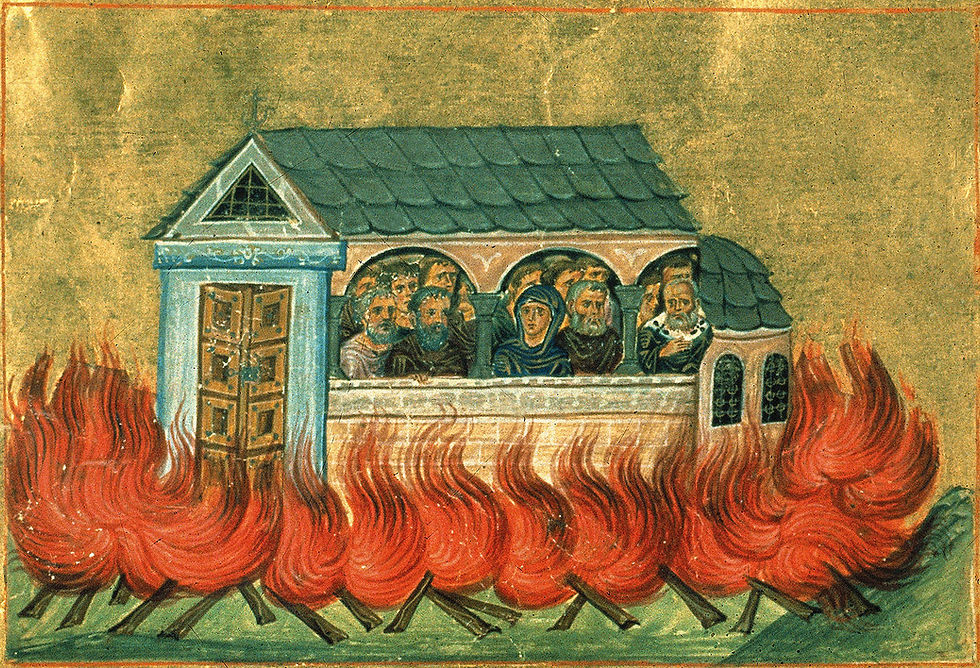The Mayor to unveil a Blue Plaque for the Museum+Gallery
- Tim Boatswain

- Feb 15, 2022
- 2 min read
Updated: Mar 22, 2023

Over the last couple of years, the Blue Plaques St Albans group have been working to establish a scheme to commemorate famous citizens who have lived and worked in St Albans, with the aim of placing ‘blue plaques’ on buildings associated with their lives. The initiative resembles the well-known blue plaque scheme run by English Heritage in London.
Chaired by Prof Tim Boatswain of Conservation 50, Blue Plaques St Albans is made up of representatives from:
St Albans Civic Society
St Albans & Hertfordshire Architectural & Archaeological Society
St Albans City Tour Guides
St Albans Abbey Cathedral
St Albans Museum+Gallery
Conservation 50
St Albans Business Improvement District (BID)
St Albans City & District Council
Tim Boatswain says: “The setting up of the Blue Plaques St Albans organisation was a
important initiative. Although there are already some plaques in St Albans, celebrating our famous men and women, they are few and far between and there are many more who should be commemorated - both for our community and visitors. We have identified a first batch of nominees, along with buildings and places associated with them, and are now ready to put up blue plaques to celebrate their connection with our great city.”
Under the scheme, the first plaque, which will be unveiled by the Mayor, Cllr Edgar Hill, commemorates one of the leaders of the Peasants' Revolt in 1381. Although the Revolt was ultimately unsuccessful it shook the whole country and nearly caused the unseating of King Richard II. The tenants and townsfolk of St. Albans also rose up, broke into the gaol, generally caused mayhem and besieged the St Albans Abbey.
One of the leaders of the Peasants' Revolt was John Ball. He was an English priest who was famous for his revolutionary sermons where he preached equality and freedom from oppression, “When Adam delved and Eve span, Who was then the gentleman? From the beginning all men by nature were created alike, and our bondage or servitude came in by the unjust oppression of naughty men”.
Following the failure of the Revolt John Ball's trial was held in the Moot Hall in St Albans, which was demolished in 16th century and much later replaced by the present Town Hall building, and is now St Albans Museum+Gallery. John Ball was sentenced to death, offered the chance to repent but refused, and he was hanged, drawn and quartered in the presence of King Richard II on 15 July 1381.
The unveiling of the John Ball blue plaque will take place on Friday 25th February at 3 pm at St Albans Museum +Gallery and attendance is open to everyone.
If you are interested in becoming involved or want to make a donation to Blue Plaques St Albans please contact: blueplaquesstalbans@gmail.com




Comments